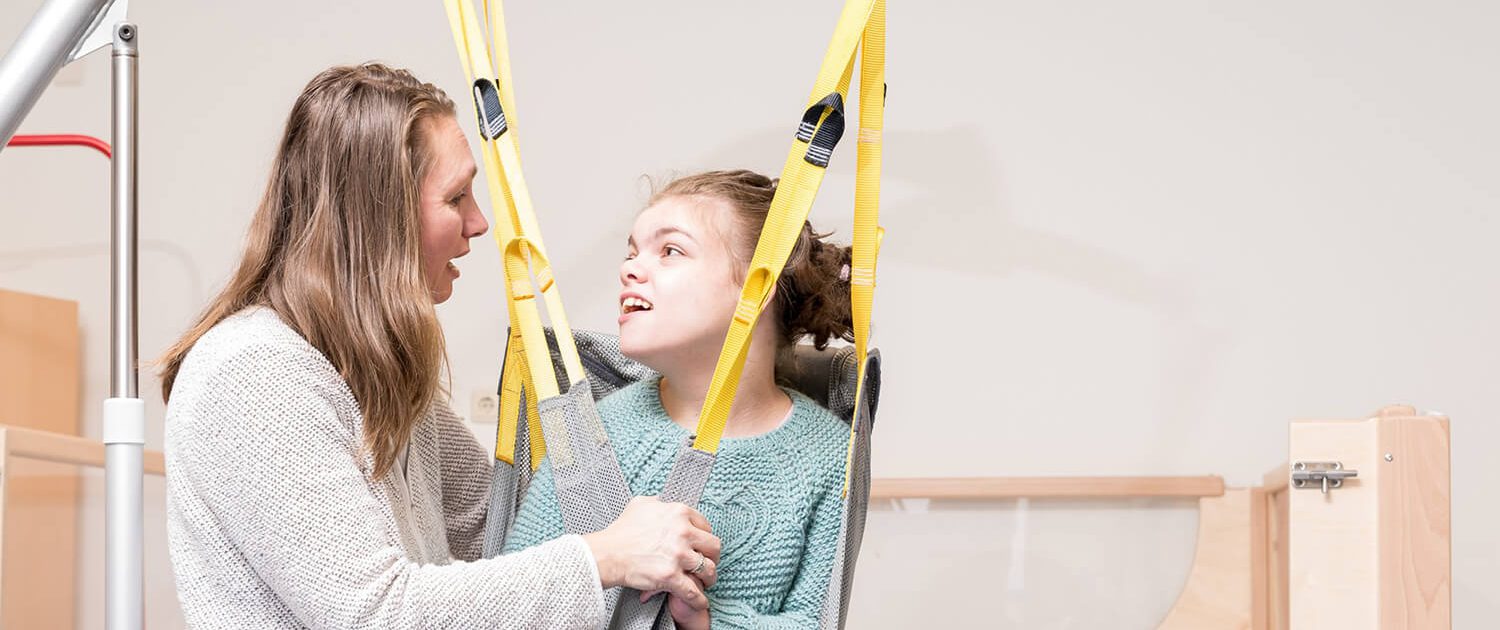What Does High Intensity Mean In NDIS?
What Does High Intensity Mean In NDIS? There is a lot of confusion around what high intensity means in the National Disability Insurance Scheme (NDIS). Some people believe that high intensity means very intense or strenuous activity, while others think it refers to an exercise regimen that is too hard.
Neither of these interpretations is entirely accurate. In general, high intensity refers to an activity that is challenging but not too difficult. It can be used to describe activities such as running, cycling, and swimming. These types of activities are good for your body because they help you burn calories and improve your fitness level.
However, if an activity is considered to be at a high intensity level, it means that it is significantly more challenging than what most people are used to. This could include completing a marathon or undertaking a tough workout routine. If this level of intensity is too much for you, then you might want to consider using a lower intensity setting.

NDIS intensity levels
When it comes to the National Disability Insurance Scheme (NDIS), there are a few things that you need to be aware of in order to ensure that you are getting the most out of your funding. One of these things is intensity, and what it means for you.
Intensity is one of the key factors when it comes to determining how much funding you will be eligible for under NDIS. The more intense your activity is, the higher your level of funding will be. This means that if you are a couch potato, your NDIS funding will be lower than if you are an athlete or someone who participates in other high-intensity activities.
The intensity level at which you participate in your activity is also important regarding the type of equipment you need. If you are participating in a very intense activity, you may need special equipment such as a wheelchair or a breathing apparatus.
So, what does this all mean for you? It means that if you are not sure whether or not an activity is considered to be high intensity, it is best to ask your doctor or another NDIS service provider. They will be able to provide you with more information about how increased intensity affects your funding eligibility.
When discussing NDIS, it’s important to understand the different intensity levels. Each level has a specific goal, and will help a person with a disability live more independently.
Level 1 is the least intense level, and is designed for people who are only partially able to ambulate. This level allows people to live in their own homes, with assistance from family or caregivers.
Level 2 is the intermediate intensity level. People in this level may need help with some self-care tasks, but are able to live in their own homes with some assistance from family or caregivers. They may also need help with some basic activities, like bathing and grooming.
Level 3 is the most intense level, and is intended for people who are unable to walk without assistance. People at this level may need help with basic activities such as bathing, dressing, eating, and toileting. They may also need help with some self-care tasks, like brushing their teeth or taking medications.
Follow us on Social Media – Facebook




